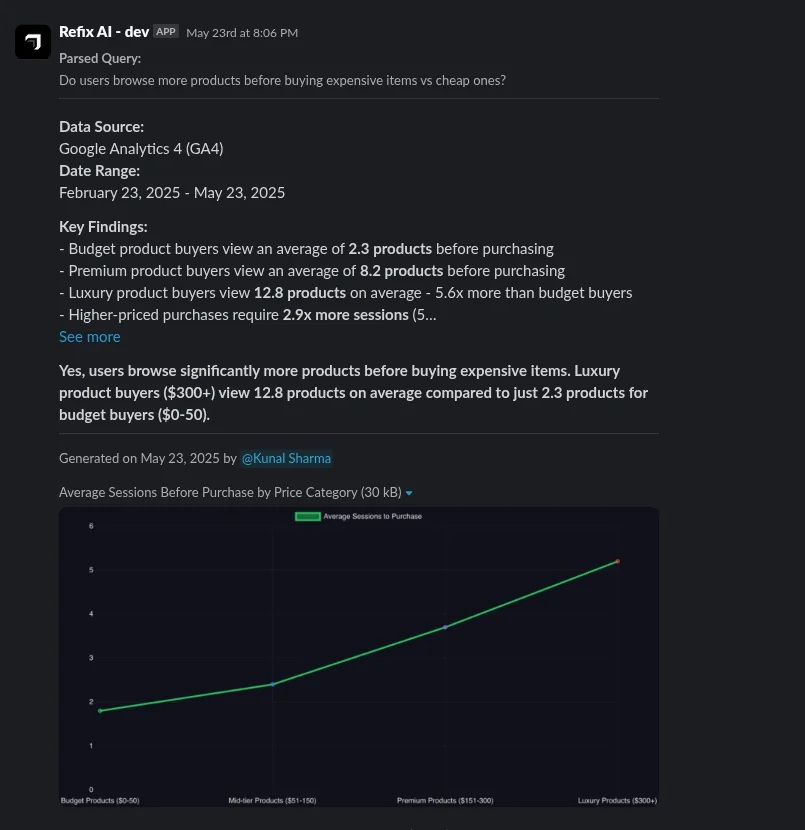AI is increasingly finding real utility in modern data workflows, particularly in tasks that require automation, context understanding, or faster iteration. Tools like Snowflake Cortex, Secoda, and Glean are being used to streamline data discovery, documentation, and querying. For instance, many data teams use AI copilots to auto-generate SQL queries from natural language prompts, reducing dependency on technical roles for basic analysis. In tools like dbt, AI is assisting with documentation, code suggestions, and even identifying anomalies or lineage issues proactively. Some teams also integrate LLMs to answer internal data questions, generate dashboards, or summarize large datasets into business-friendly insights. While there’s definitely some hype, the practical use cases—like speeding up data exploration, simplifying governance, and enabling self-serve analytics—are proving valuable. Adoption depends heavily on the maturity of the data stack and the team’s openness to experimentation, but many are already seeing time and cost efficiencies, especially in early-stage analysis and reporting.







